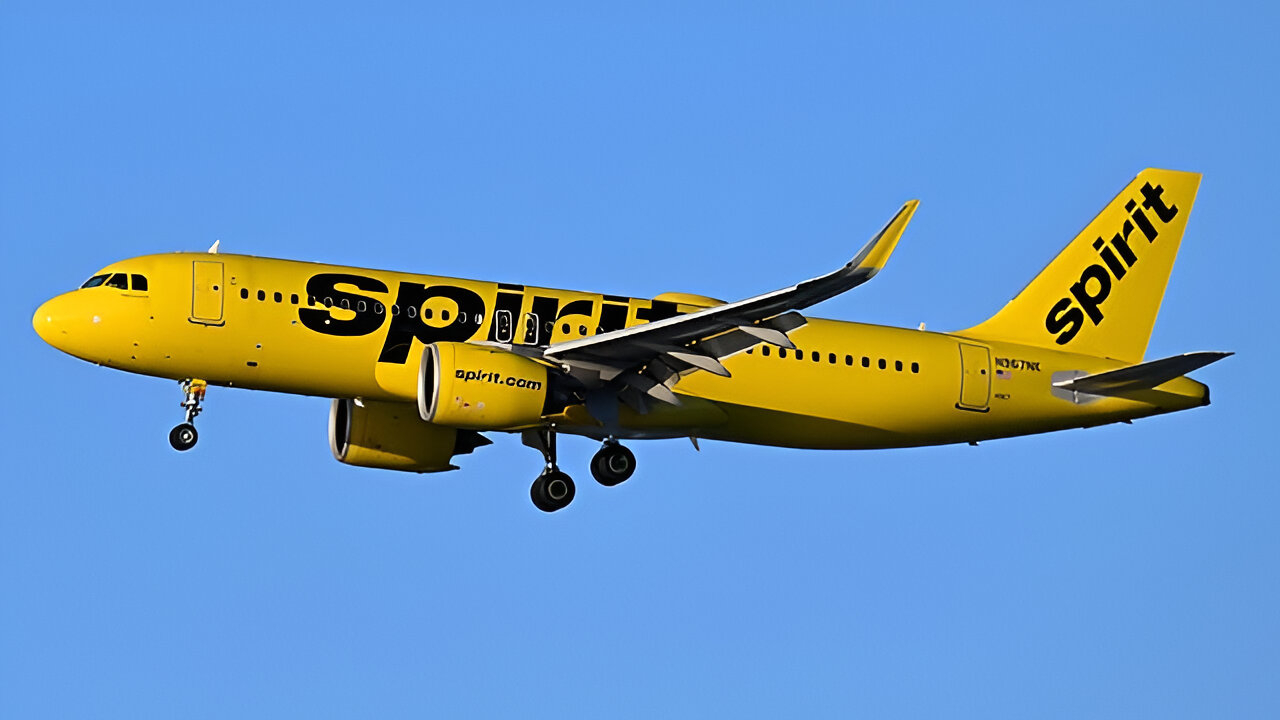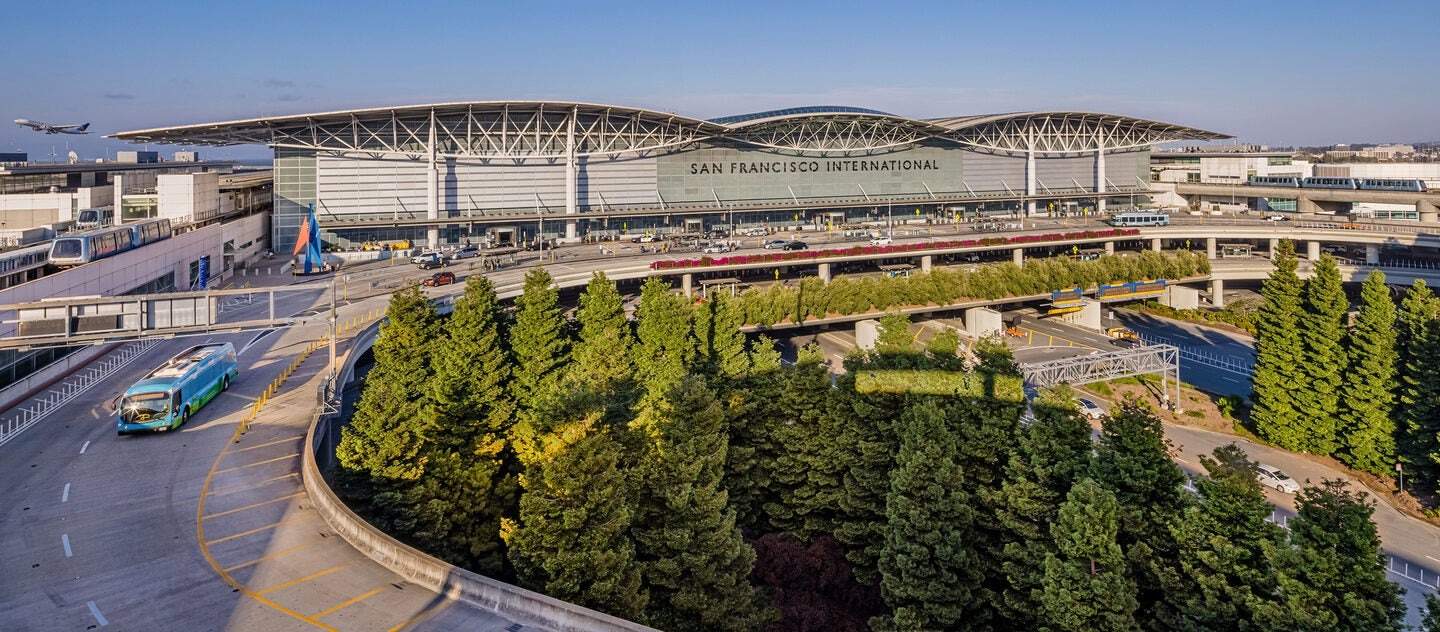Theme parks aren’t just building rides anymore—they’re constructing entire realities. Major operators are investing billions in development across the US and UK for 2025, transforming the industry from simple amusement into immersive storytelling destinations competing for visitor attention through increasingly elaborate experiences.
The American Expansion: Bigger, Pricier, More
Walt Disney World’s EPCOT transformation marks the culmination of a multi-year reinvention that introduced new attractions such as Guardians of the Galaxy: Cosmic Rewind while maintaining the park’s core pavilions. The World Celebration neighborhood now stands complete as of June 2024, though visitors face admission fees ranging from $119 to $199, depending on dates and parks.
Universal’s Epic Universe represents a significant commitment in the theme park industry—a third gate in Orlando covering 750 acres, featuring themed areas based on Nintendo, Universal Classic Monsters, and How to Train Your Dragon. According to Comcast’s investor reports, this expansion involves an investment of approximately $7 billion and has created an estimated 65,000 construction jobs. This project signifies a major chapter in Universal Studios’ A Feast of Fantasy, a £5 billion entertainment initiative that spans both the U.S. and the UK.
Cedar Point’s Top Thrill 2 coaster exemplifies the American approach—focusing on record-breaking statistics and extreme experiences. The reimagined ride builds on the legacy of the original Top Thrill Dragster with a more complex triple-tower design and dual launches, marking another chapter in Cedar Point’s self-described position as the “Roller Coaster Capital of the World.”
British Counterpoint: Charm Without Premium Pricing
Across the Atlantic, a different philosophy emerges. UK parks operate on a more accessible price point while still delivering signature experiences.
Alton Towers’ Nemesis Reborn exemplifies this approach. The park reimagined its beloved inverted coaster while preserving its cultural significance and iconic elements. At £36 ($47) for standard admission, significantly less than American counterparts, the value proposition becomes particularly notable for families.
Thorpe Park’s upcoming hypercoaster Hyperia reaches record UK heights while emphasizing its “Find Your Fearless” campaign focused on families. The park’s marketing positions the attraction as suitable for both thrill-seekers and those seeking more moderate experiences, illustrating different approaches to audience development between markets.
The Reality Behind the Magic
Four factors truly drive the 2025 theme park landscape: immersion, technology, sustainability, and accessibility.
Parks emphasize immersive storytelling through detailed environments and character integration. According to industry publication Blooloop in 2022, this trend has accelerated post-pandemic, with visitors seeking more comprehensive experiences rather than standalone attractions.
Technology integration continues advancing through park apps that enhance guest experiences while also collecting visitor data. These systems manage everything from virtual queuing to personalized recommendations based on user behavior.
Sustainability initiatives vary significantly between operators. Disney has announced carbon-neutral goals that focus primarily on park operations but don’t account for visitor travel, which environmental analysts identify as the largest environmental impact of destination tourism.
Accessibility improvements represent genuine progress, though implementation varies between operators. Universal’s accommodations for neurodivergent guests have been particularly noted in industry publications, while many parks offer expedited access options that often involve additional fees.
Behind the Fantasy
For travelers planning 2025 adventures, the contrast remains clear: American mega-parks deliver overwhelming scale and extensive IP integration at premium prices, while British attractions offer more accessible experiences that emphasize value alongside thrills.
The market continues expanding despite rising costs, with attendance figures suggesting robust consumer demand across both regions. As these elaborate entertainment centers continue evolving, they reflect broader cultural priorities about leisure, storytelling, and what constitutes meaningful experiences in an increasingly digital world.


















